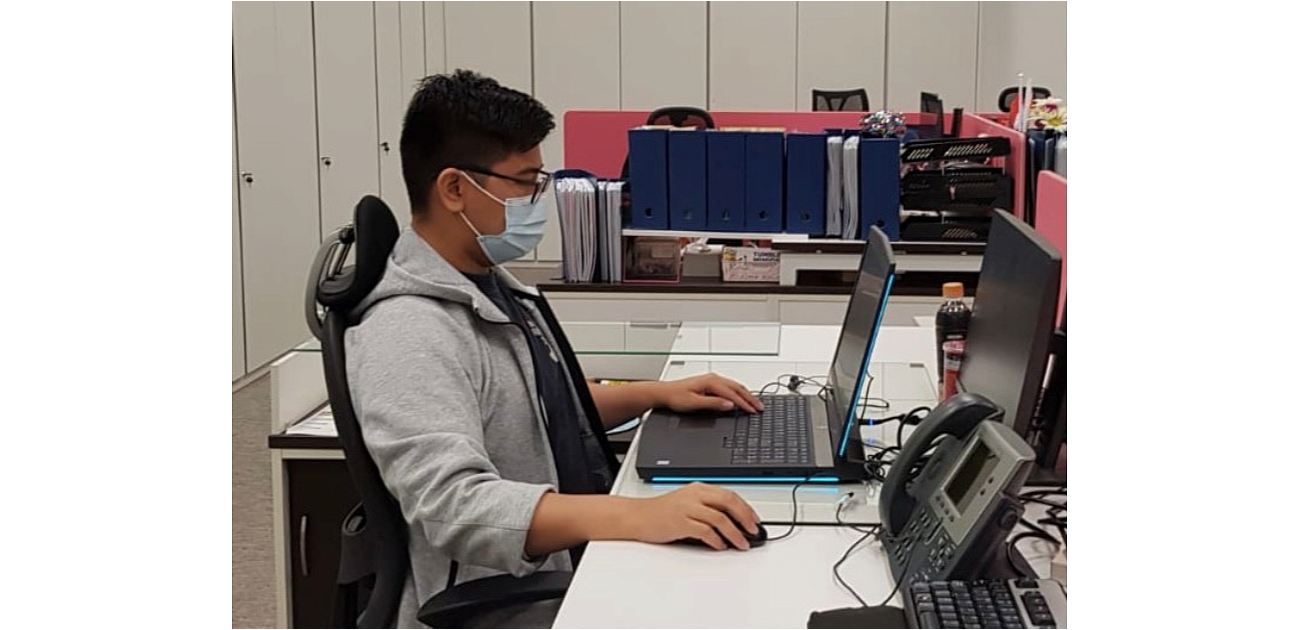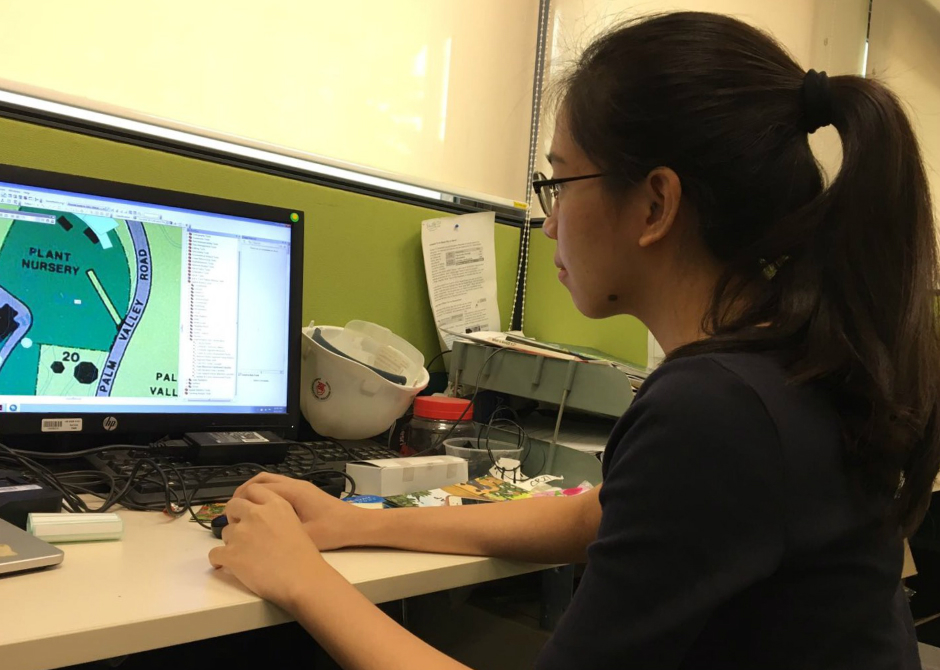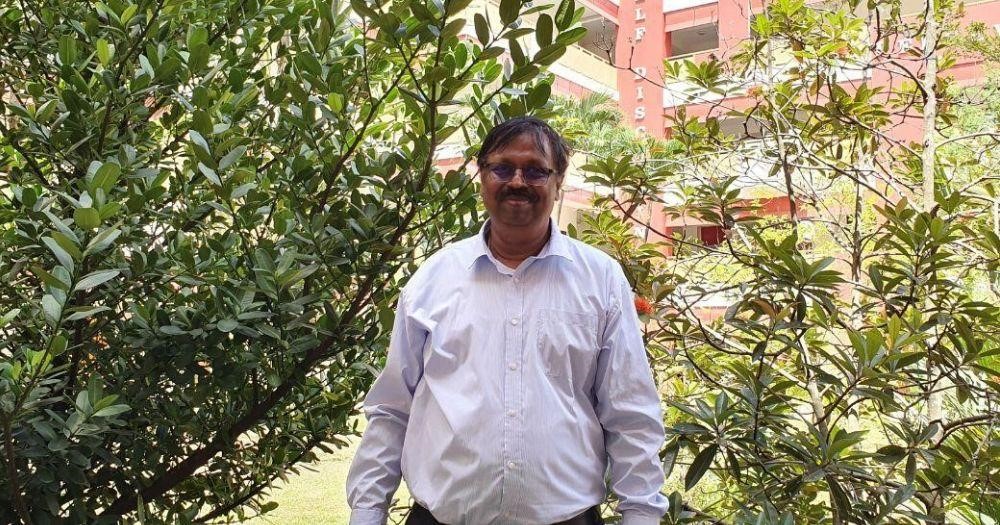After graduating from Nanyang Polytechnic (NYP) in April 2020, Ryan Tan Yi Ren did not feel optimistic about getting a job.
The COVID-19 pandemic was in full swing at the time, and Singapore had just moved into the circuit breaker phase. The 26-year-old graphic designer, who holds a diploma in Digital Game Art & Design, said he enquired about two jobs, wanting to work as a game artist, but he did not even get an interview as the companies he applied to were holding off recruitment due to the uncertain economic situation.
The two job opportunities had been posted on Discord, a web app which the school’s lecturers used to share job listings with alumni and students. Ryan said, “In these challenging times, you probably won’t get the job you want, so you just have to be flexible.”
Ryan found some part-time work at a perfume shop, packing boxes, for a couple months. Then, a job listing at his alma mater – Nanyang Polytechnic (NYP) – caught his eye. The position was for an education technologist, to help develop new e-learning applications using technology that Ryan was familiar with as a game artist.
He applied and got the job, and since September 2020, Ryan has been helping his alma mater develop a new application that allows students to learn how to operate heavy machinery using augmented reality (AR).
As Ryan explained, students currently cannot access or physically interact with the machinery because of safe distancing rules. So, the school wanted to create a way for students to do so online, by creating virtual 3-D models of the machinery that students can interact with through a mobile or web application.
New skills and responsibilities
Ryan’s new job is a traineeship offered by NYP under the SGUnited Traineeship (SGUT) programme, a government initiative to help recent graduates develop their professional skills through traineeships.
These work stints can last up to 12 months and provide trainees with a monthly allowance. Currently, there are more than 20,000 company traineeship opportunities available, and more than 1,000 graduates have signed up with the programme.
The traineeship comes with many responsibilities, said Ryan.
These include discussing the AR prototype with programming experts, preparing instructional guides, and providing technical support for existing online tools like Articulate, an online course development platform, and Panopto, a video creation platform.
His work is overseen by a supervisor, who also acts as his mentor and looks after his development and learning.
Through this traineeship, Ryan said he is also picking up complementary skills for his dream job as a game artist, he said, such as programming, 3-D modelling and AR.
These aspects of the SGUT make it a great route for graduates who wish to get started on a career, gain some experience in the working world, or just want to explore certain jobs and sectors.
Continuing mentorship
Throughout this time, Ryan has also stayed in touch with his former lecturer, Mr Jon Tan from the School of Interactive & Digital Media. They chat about once every two weeks, Ryan said, when he asks for advice on the more technical aspects of the work that he is unfamiliar with.
Said Mr Tan of his former student’s traineeship: “It is a wonderful match as Ryan always wanted to further his skillset and experience in graphics for user interface.”
Ryan’s current traineeship will last for nine months and after this, he said he would be more than happy to apply again for a traineeship in a similar field.
He may also look again for a job as a game artist, as that is where his passion lies. He said he hopes to create and develop his own game that can be shared with the public one day.
Until then, he will take what is available, as long as it has something to do with graphic design.
“I’m going to make sure I work hard and do my best.”






